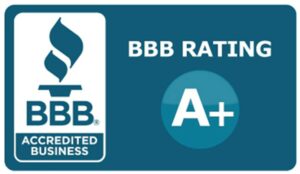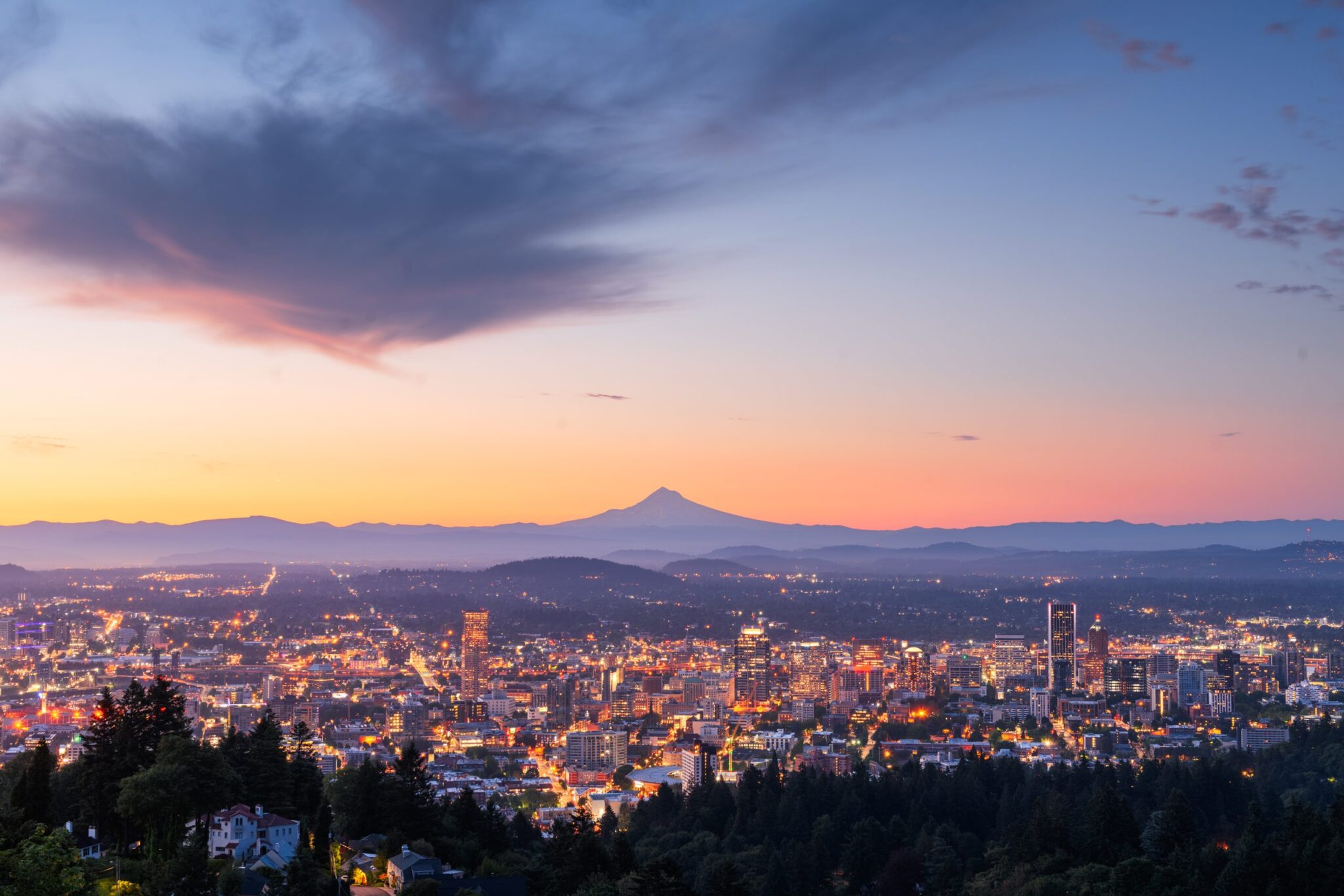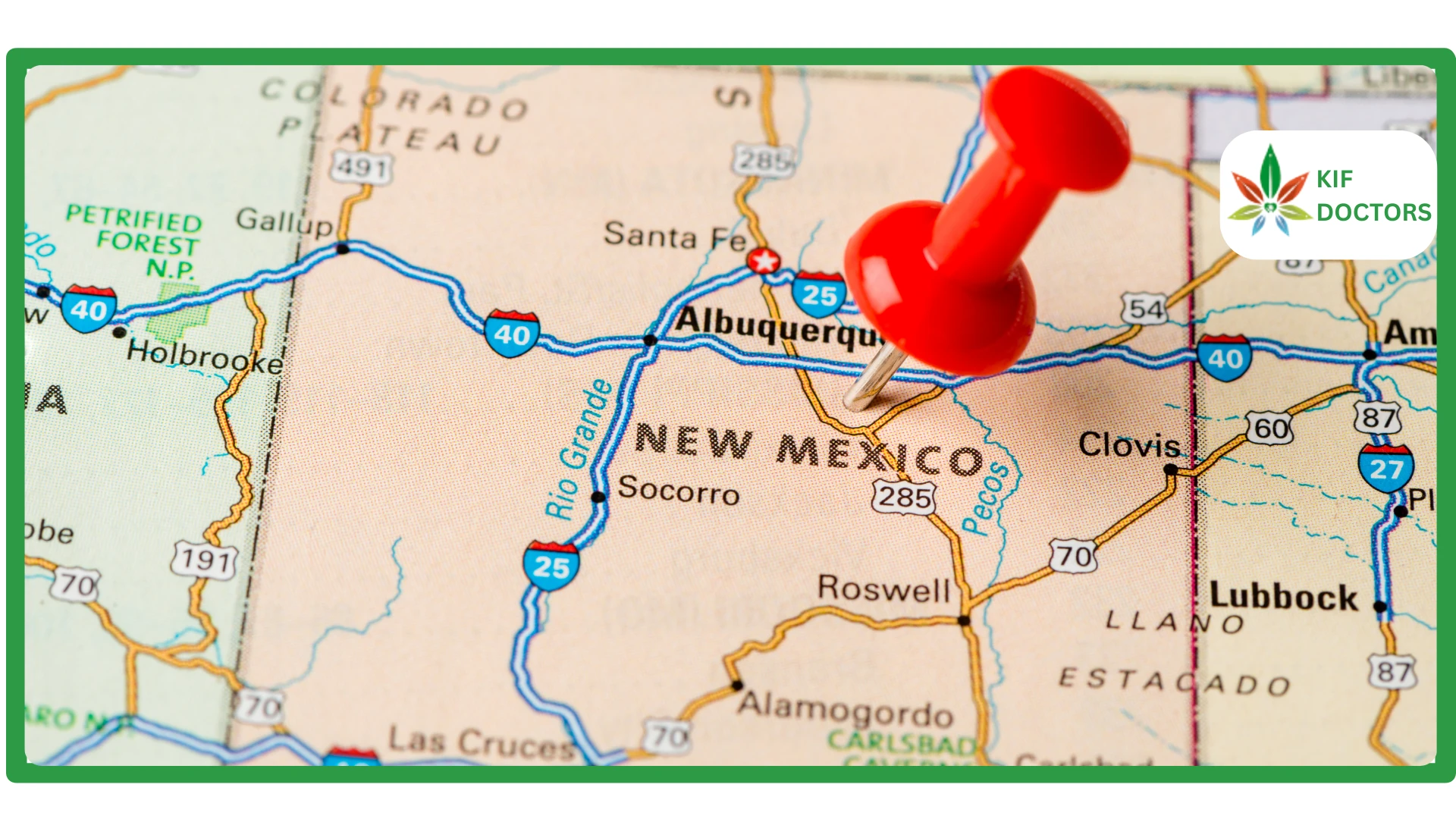Oregon has long been a trailblazer in cannabis policy, embracing both medical and recreational marijuana with progressive laws that set it apart from many states. Since legalizing medical cannabis in 1998 and recreational use in 2014, Oregon has built a robust framework that balances access with regulation. Whether you’re a patient seeking relief, a recreational user exploring options, or simply curious about the state’s cannabis landscape, this guide provides a comprehensive overview of Oregon’s laws, programs, and practical steps for navigating the system. From possession limits to medical cards to the economic impact of legalization, here’s everything you need to know about cannabis in Oregon.
Recreational Marijuana in Oregon: A Progressive Approach
Oregon legalized recreational marijuana in 2014 through Measure 91, the Control, Regulation, and Taxation of Marijuana and Industrial Hemp Act, which passed with 56% voter approval. This made Oregon one of the first states, alongside Colorado and Washington, to allow adults 21 and older to possess, use, and purchase cannabis for non-medical purposes. The Oregon Liquor and Cannabis Commission (OLCC) oversees the recreational market, ensuring compliance with strict regulations on cultivation, processing, and sales.
Adults 21 and older can purchase cannabis from OLCC-licensed dispensaries, which number over 300 across the state, from Portland to Eugene to Salem. However, local jurisdictions can opt out of allowing recreational sales, and as of 2023, 73 cities and 16 counties have banned licensed marijuana businesses. This patchwork of local rules means availability varies, so checking local regulations is key before visiting a dispensary.
Possession limits for recreational users are clear but differ based on location:
- In public: Up to 2 ounces of usable marijuana (dried flower), 1 ounce of cannabinoid extracts or concentrates, 16 ounces of solid edibles, 72 ounces of liquid edibles, 10 cannabis seeds, and 4 immature plants.
- At home: Up to 8 ounces of usable marijuana, 1 ounce of concentrates, 16 ounces of solid edibles, 72 ounces of liquid edibles, 10 seeds, and 4 immature plants per household.
Cultivation is also permitted, with households allowed to grow up to 4 marijuana plants in a secure, non-public location. Renters should confirm with landlords, as property owners can prohibit cultivation or use. Public consumption, including smoking or vaping, is illegal in places like parks, sidewalks, schools, or workplaces, per the Oregon Indoor Clean Air Act. Violating this can result in a Class B violation and a fine of up to $1,000.
Recreational purchases face a 17% state excise tax, plus up to 3% in local taxes, which supports schools, public health, and law enforcement. Gifting cannabis to adults 21 and older is allowed within possession limits, but no financial exchange can occur, as this is treated as an illegal sale. Transporting cannabis across state lines, even to states like Washington where it’s legal, remains a federal offense due to marijuana’s Schedule I status under the Controlled Substances Act.
Oregon’s Medical Marijuana Program: A Lifeline for Patients
Oregon’s medical marijuana program, established in 1998 under the Oregon Medical Marijuana Act (Measure 67), was one of the first in the nation. Administered by the Oregon Health Authority (OHA) through the Oregon Medical Marijuana Program (OMMP), it provides patients with qualifying conditions access to cannabis for therapeutic use. The program has evolved to accommodate patients’ needs while maintaining strict oversight.
Medical marijuana patients benefit from higher possession limits, tax exemptions, and the ability to grow more plants than recreational users. Registered patients can possess:
- Up to 24 ounces of usable marijuana.
- 16 ounces of cannabinoid concentrates or solid products.
- 72 ounces of liquid cannabinoid products.
- 5 grams of cannabinoid extracts.
- 6 mature plants and 12 immature plants (or unlimited immature plants if non-flowering).
- 50 cannabis seeds.
Patients can designate a caregiver (18 or older) to assist with purchasing or administering cannabis, and a grower to cultivate plants at a registered grow site. Medical dispensaries, though fewer since recreational legalization, cater specifically to OMMP cardholders, offering higher-potency products and no sales tax, unlike the 20% tax on recreational purchases.
Qualifying Conditions for Medical Marijuana
To join the OMMP, patients must have a qualifying medical condition, diagnosed by a licensed Oregon physician (MD or DO). The list of conditions is focused on severe or debilitating ailments, including:
- Cancer
- Glaucoma
- HIV/AIDS
- Cachexia (wasting syndrome)
- Severe pain
- Severe nausea
- Seizures, including epilepsy
- Persistent muscle spasms, including those caused by multiple sclerosis
- Post-traumatic stress disorder (PTSD)
- Any condition causing one of the above symptoms, subject to OHA approval
Patients must provide a signed Attending Physician’s Statement, confirming the diagnosis and recommending medical cannabis. Oregon does not recognize medical marijuana cards from other states, so out-of-state patients must purchase as recreational users and pay applicable taxes.
How to Get a Medical Marijuana Card in Oregon
Obtaining a medical marijuana card in Oregon is straightforward but requires careful attention to documentation and fees. Here’s a step-by-step guide:
- Consult a Physician: Schedule an appointment with a licensed Oregon MD or DO who is your primary care provider or specialist. They must confirm a qualifying condition and provide a signed Attending Physician’s Statement within 90 days of your application.
- Gather Documentation: Prepare proof of Oregon residency (e.g., driver’s license, utility bill, or bank statement), a valid state or federal ID, and the physician’s statement. If applicable, include caregiver or grower information.
- Submit Application: Create an account on the OMMP online portal and submit your application, including all documents and a $200 application fee. Reduced fees ($60 or $20) are available for patients on SNAP, Oregon Health Plan, or SSI. A $200 grow site registration fee applies if cultivating at a non-residential address.
- Receive Your Card: Once approved (typically within 10–14 days), you’ll receive a 30-day temporary receipt via email, followed by a physical card valid for one year. The card must be renewed annually with updated documentation.
- Access Dispensaries: Use your card to purchase tax-free, high-potency products at medical dispensaries or designated recreational retailers serving OMMP patients.
For a faster process, services like Kif Doctors connect patients with certified physicians online. I always recommend going for a Medical Marijuana Card Online Instantly to streamline certification and ensure quick access to benefits.
Minors under 18 can qualify with parental consent and a caregiver, but the process is similar, requiring physician certification and OHA approval. Caregivers must be 18 or older, Oregon residents, and pass a background check.
Why Get a Medical Card?
With recreational cannabis widely available, some wonder if a medical card is worth the effort. The benefits are significant:
- Tax Savings: Medical purchases are exempt from the 17–20% recreational tax, saving money for frequent users.
- Higher Limits: Patients can possess and grow more cannabis than recreational users, ideal for those with chronic conditions.
- Access to Potent Products: Medical dispensaries offer higher-THC products tailored to therapeutic needs.
- Legal Protections: Cardholders have stronger state-level protections, though federal law still prohibits firearm ownership for cannabis users.
However, the $200 fee and annual renewal can be a barrier for some, especially without insurance coverage for medical cannabis. Weighing the cost against usage frequency and medical needs is key.
Hemp and CBD: Broad Access with Limits
Oregon’s hemp laws align with the 2018 federal Farm Bill, which legalized hemp-derived products with 0.3% or less THC. CBD products, including oils, tinctures, edibles, and topicals, are legal for purchase by anyone, regardless of age, except for inhalable forms like CBD flower or vapes, which are restricted to those 21 and older. These products are widely available at dispensaries, grocery stores, and online retailers.
The Oregon Department of Agriculture regulates hemp cultivation and processing, requiring licenses for growers and handlers. Industrial hemp, used for textiles, food, and construction, must maintain THC levels below 0.3%, with mandatory testing to ensure compliance. Unlike marijuana, hemp products face no state excise tax, making them a cost-effective option for non-psychoactive relief.
Consumers should buy from reputable sources, as unregulated CBD products may contain inaccurate THC levels or contaminants. Checking third-party lab reports is a smart way to verify quality and legality.
Workplace and Public Use: Know the Boundaries
Oregon’s cannabis laws don’t guarantee workplace protections for users. Employers can enforce drug-free policies, and a positive THC test can lead to termination or denial of employment, even for medical patients. A 2010 Oregon Supreme Court ruling (Emerald Steel Fabricators, Inc. v. Bureau of Labor and Industries) clarified that employers aren’t required to accommodate medical marijuana use, citing federal law. A proposed bill, SB 176, aims to protect medical patients from employment discrimination, but it’s still under consideration as of 2025 [MPP.org].
Public consumption is another restricted area. Using cannabis in public spaces, including parked cars in public view, is illegal and carries fines. Driving under the influence of marijuana is treated as seriously as alcohol-related DUIs, with penalties including up to 1 year in jail, fines up to $6,250, and a minimum 30-day license suspension. Oregon has no per se THC limit, but impairment is determined by law enforcement observations and testing.
Federal properties, like national parks or forests, prohibit cannabis possession or use, regardless of state law. This is a critical reminder for outdoor enthusiasts exploring Oregon’s vast public lands.
The Economic and Social Impact of Legalization
Oregon’s cannabis industry has been a boon for the economy, generating over $1.1 billion in sales in 2020 alone, surpassing the previous year’s $795 million. The 17% excise tax and local taxes fund schools, mental health programs, and drug treatment services, contributing millions annually to public coffers. A 2017 report to the Oregon House Committee on Economic Development and Trade noted significant job creation in cultivation, retail, and ancillary services, making cannabis a key economic driver.
Socially, legalization has reduced cannabis-related arrests, particularly for low-level possession. In 2022, then-Governor Kate Brown pardoned 47,144 convictions for possessing one ounce or less, erasing over $14 million in fines and sealing court records to remove barriers to housing and employment. This mass pardon targeted non-violent offenses pre-legalization, reflecting Oregon’s commitment to equity [Oregon.gov].
However, challenges remain. The black market persists, with illegal grows on private and public lands, prompting crackdowns by the OLCC and law enforcement. Oversupply has driven down prices, squeezing small producers, while banking restrictions due to federal prohibition limit business growth. Oregon’s allowance for interstate cannabis trade, pending federal approval, positions it as a future leader in a national market.
The Future of Cannabis in Oregon
Oregon’s cannabis policies continue to evolve. The OLCC and OHA regularly update rules to address oversupply, product safety, and equity. Proposed legislation, like SB 176, seeks to protect medical patients’ employment rights, while efforts to expand qualifying conditions or loosen cultivation limits are under discussion. Public support for cannabis remains strong, with over 60% of Oregonians favoring legalization in recent polls.
Equity initiatives are gaining traction. The OLCC’s social equity program prioritizes licensing for minority-owned businesses, and expungement clinics help clear past convictions. Meanwhile, Oregon’s hemp industry is expanding, with innovations in CBD and industrial applications driving new economic opportunities.
Federal legalization, though uncertain, could transform Oregon’s market. The state’s allowance for interstate commerce, signed into law in 2019, awaits federal approval or a Justice Department policy shift. If enacted, Oregon’s robust infrastructure could make it a cannabis export hub, boosting revenue and influence.
FAQs About Cannabis in Oregon
Is recreational marijuana legal in Oregon?
Yes, adults 21 and older can possess, use, and purchase recreational marijuana under Measure 91, passed in 2014. Limits include 2 ounces in public and 8 ounces at home.
Who qualifies for a medical marijuana card?
Patients 18 or older with conditions like cancer, severe pain, seizures, or PTSD, certified by a licensed Oregon physician, can apply through the OMMP.
Can I grow cannabis at home?
Yes, households can grow up to 4 plants for recreational use, or 6 mature and 12 immature plants for medical patients, in a secure, non-public location.
Are there taxes on cannabis purchases?
Recreational purchases face a 17% state tax plus up to 3% local tax. Medical purchases are tax-free for OMMP cardholders.
Can I use cannabis in public?
No, public consumption is illegal and carries a fine of up to $1,000. Cannabis must be used on private property with the owner’s consent.
Conclusion
Oregon’s cannabis landscape is a model of progressive policy, balancing access with responsibility. From its pioneering medical program to a thriving recreational market, the state offers robust options for patients and consumers alike. While challenges like federal prohibition and local bans persist, Oregon’s commitment to equity, innovation, and economic growth keeps it at the forefront of cannabis reform. Whether you’re seeking relief or exploring recreationally, understanding the rules ensures you can enjoy Oregon’s cannabis culture safely and legally.
 Since 2021, Kif offers a streamlined platform to get a medical marijuana card online. We have served more than 45K patients across the United States. Sign Up Now to get the right to use medical cannabis for your health condition without any delay.
Since 2021, Kif offers a streamlined platform to get a medical marijuana card online. We have served more than 45K patients across the United States. Sign Up Now to get the right to use medical cannabis for your health condition without any delay.
























